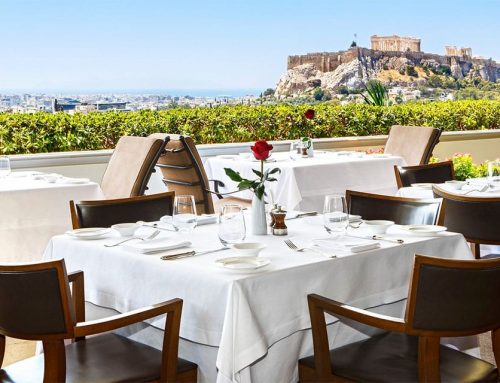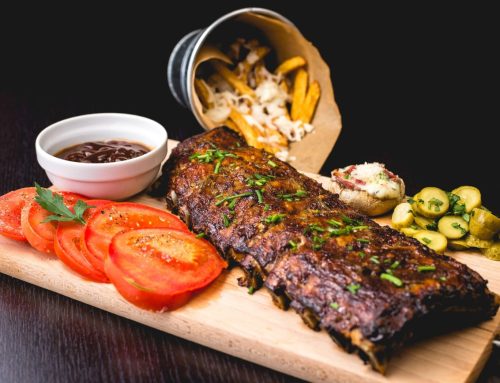Main Russian dishes
Russian cuisine is famous for its festive dishes such as smoked sturgeon balyk, sturgeon with horseradish, slightly salted salmon, red, black and pink caviar, pickled and salted mushrooms. But this is, of course, only a small part of Russian national cuisine. Other popular and traditional dishes include kasha, a mixture of cereals and porridge, soups such as borsch, pancakes, pirogi pies with different salty fillings, and many dough based dishes. Poultry dishes are considered festive in Russian cuisine. Stews, meat and cabbage are popular daily foods, as well as goulash, an old traditional meat dish.
Bread and other wheat products are also an essential part in the food culture, especially brown bread. Other popular breads include olad’i, which resembles a pancake, shan’gi, white bread rolls, pyshki, tiny doughnuts dating back from Soviet times, baranki, and bubliki, similar to bagels, and kalachi, white baked bread. Russian bread products have a long history along with vodka, which first emerged in the late 1400s.
Vegetable and meat salads are also very popular. Salads are usually heavier than in Western countries, and consisting of potato, carrots, beetroot, mayonnaise etc. The most famous salad in Moscow is the Olivie, which was named after its inventor, a French chef of the Hermitage restaurant in the 1860s. It is made mainly of vegetables mixed with mayonnaise, and boiled meat or chicken. Everyone has their own variation of the salad.
History and the orthodox religion have also had a significant effect on Russian food culture. Soviet snacks and dishes still remain popular and Orthodox culture has had a big influence on which dishes are eaten at which time of the year. There are still special restrictions concerning the food during Lent, during which meat, poultry, and dairy products are not allowed, and so vegetables are used, for example the form of stews and soups. Fish is also used as a replacement for meat.
This can be seen also in Russian restaurants: during lent you might be offered dishes without meat, eggs and butter. However, they will have traditional fish, vegetable and mushroom dishes on offer.
Russian desserts
Kissels are popular desserts consisting of sweetened juice thickened with flour.
A kissel can be made from berries or other fruit. It can be made thick and jelly-like to be eaten with a spoon or it can be drinkable. It can be served both hot and cold, for example on pancakes or with ice cream.
Dishes containing curd, which was mistaken for cheese before, are a very popular part of the food culture. One special dish is oladyi, more commonly known as syrkini – cheese cakes, which are made of curd with eggs and flour and then fried in oil.
Pancakes have a special spot in the Russian food culture as they are a very old tradition. Pancakes were considered ritual food, representing the sun in the old pagan traditions.
The pancake week, Maslenitsa, is organised every spring to celebrate the sun and the end of winter.
Vodka is one of the most popular drinks in Russia, mainly because it is cheap. It is usually drunk very cold, and generally with food or some snacks.
Tea, surprisingly, is a very popular drink in Russia. Tea is drunk traditionally from the Russian Samovar, which is a heated metal container used for boiling water. Other popular drinks include Sbiten, a spicy hot drink flavoured with wine or honey, and Kvass, a drink usually made from black rye or rye bread.
Russians also drink Mors, which is made of berry juice and water, and birch tree juice, using extracts from the trees.
Home-made mint Kvass: Kvass is a Russian bread-based drink and an ingredient in many soups (light kind).
Source: Expatica





